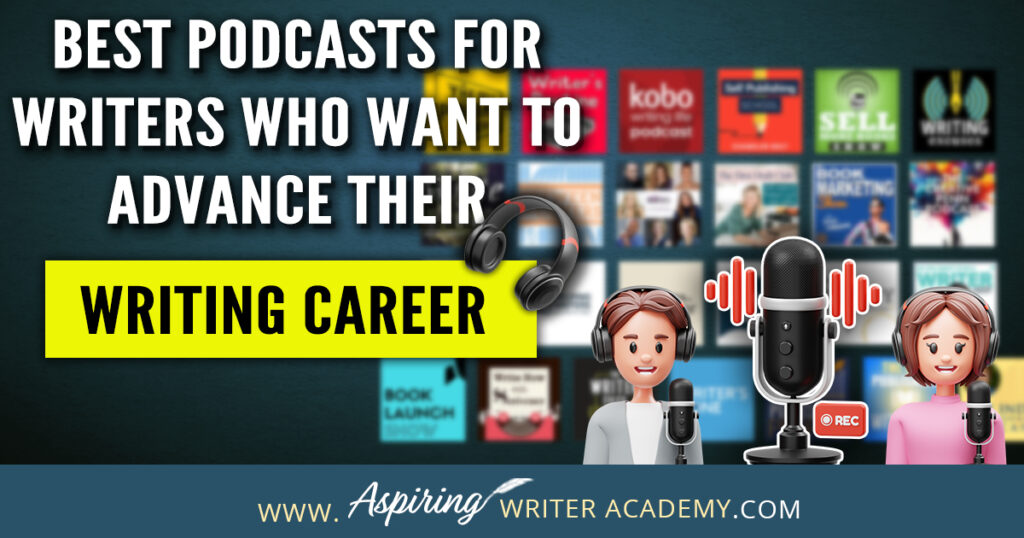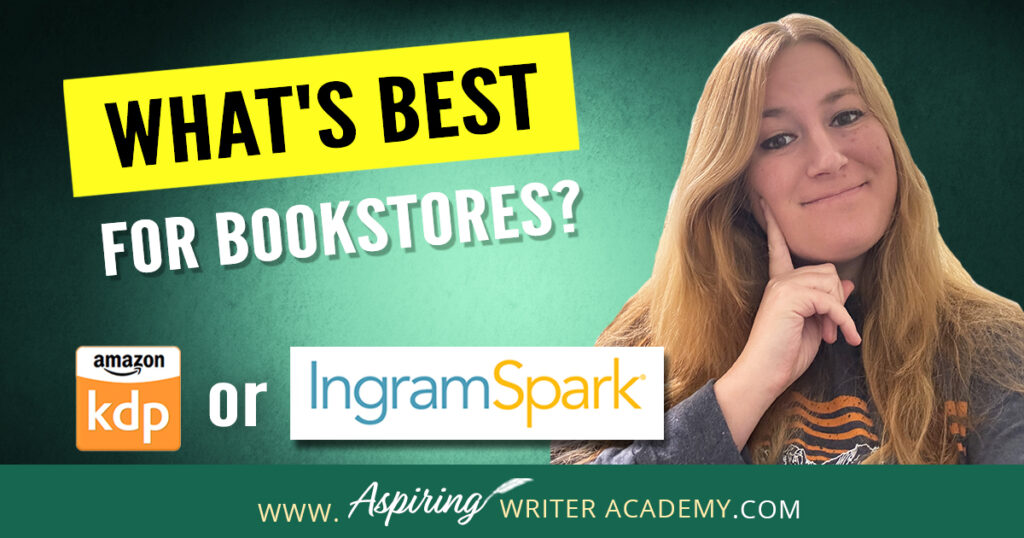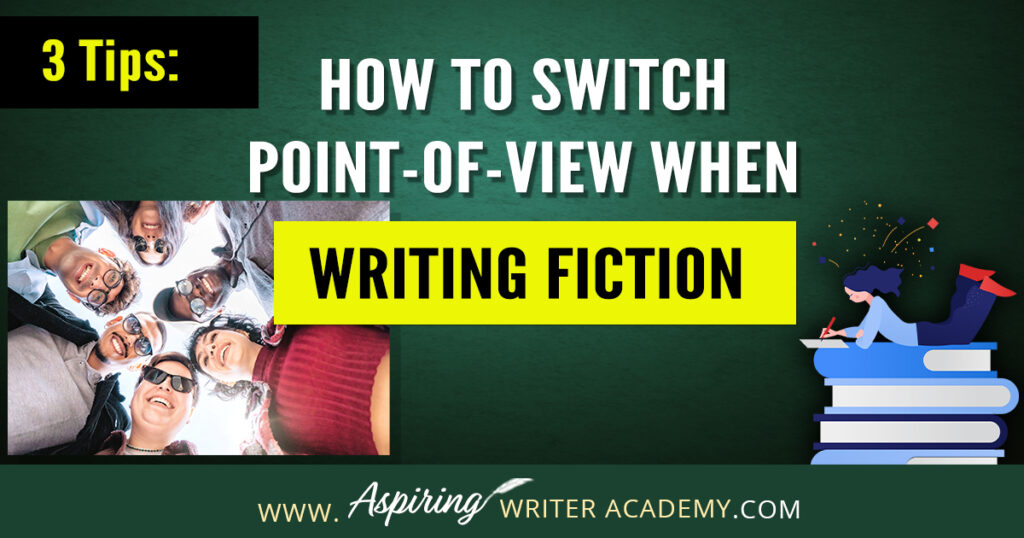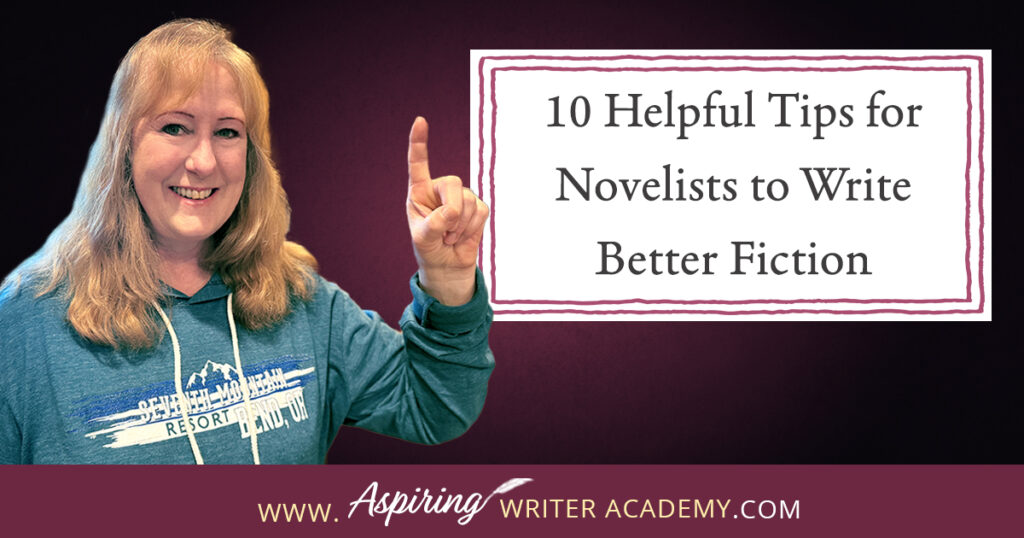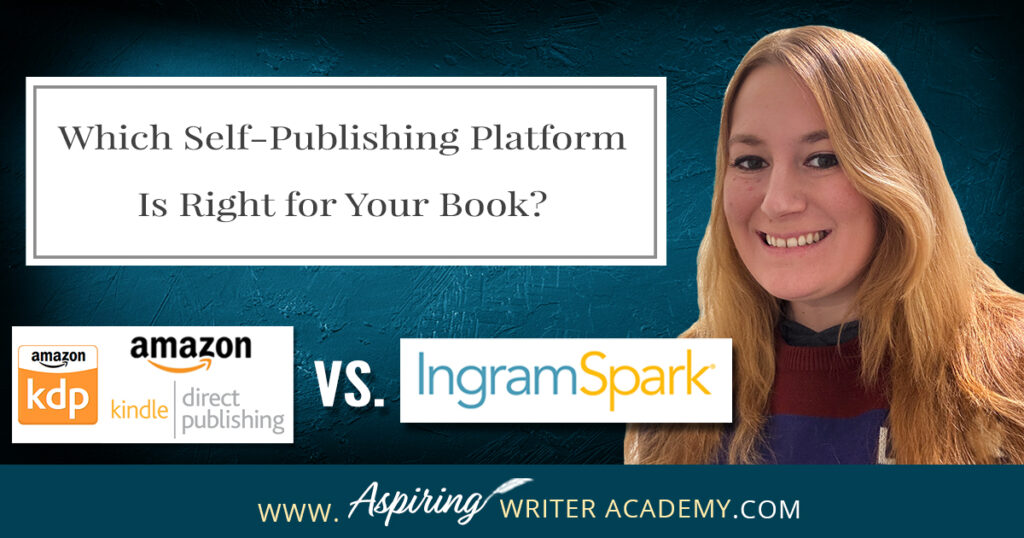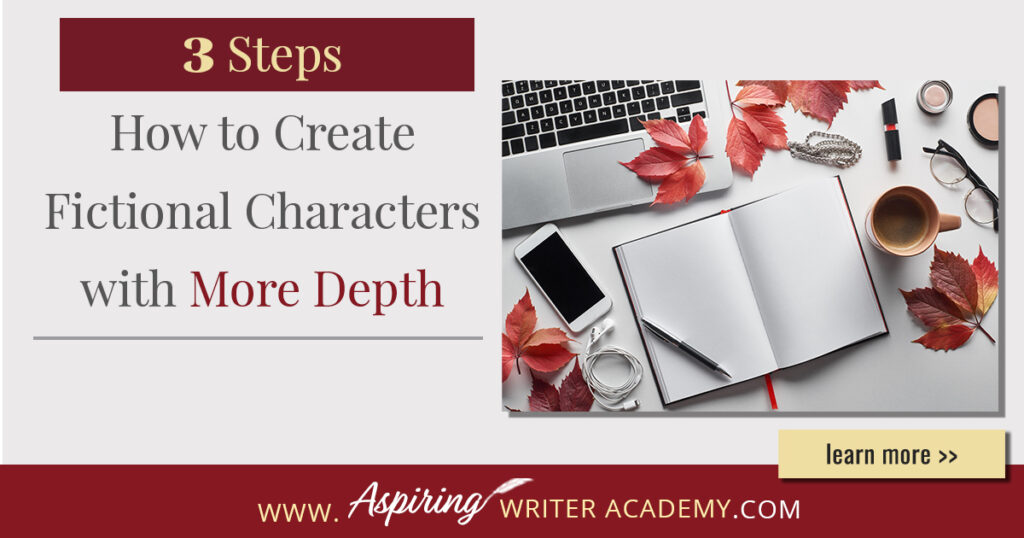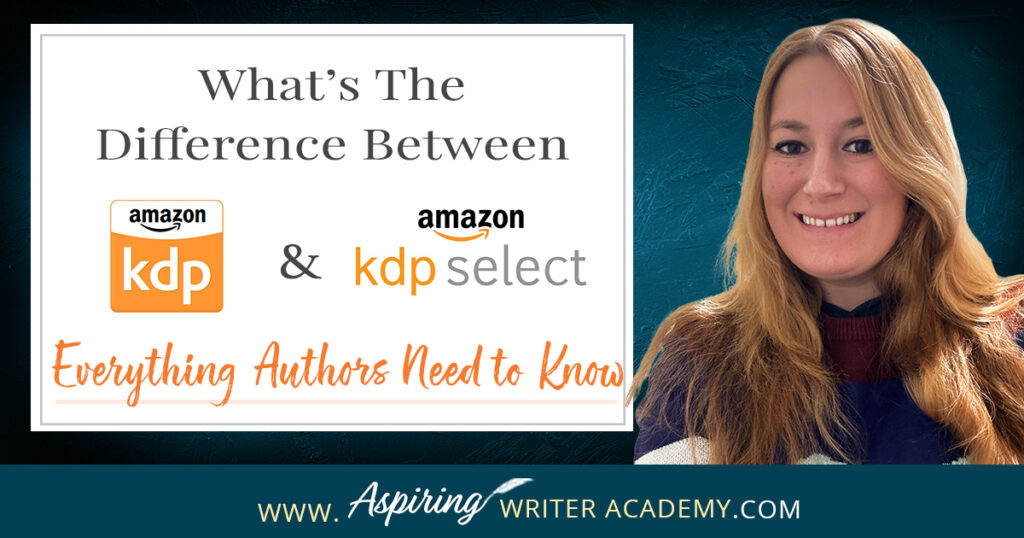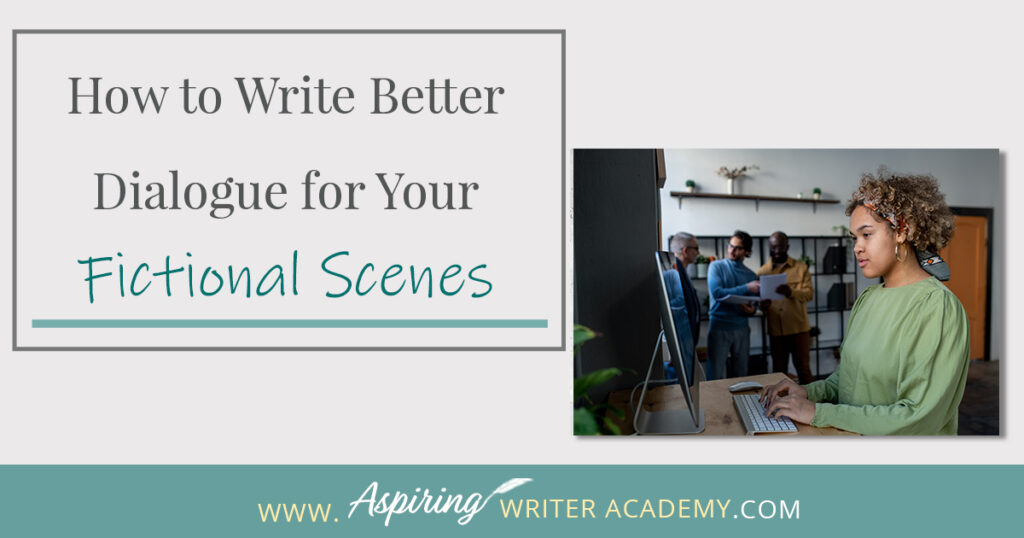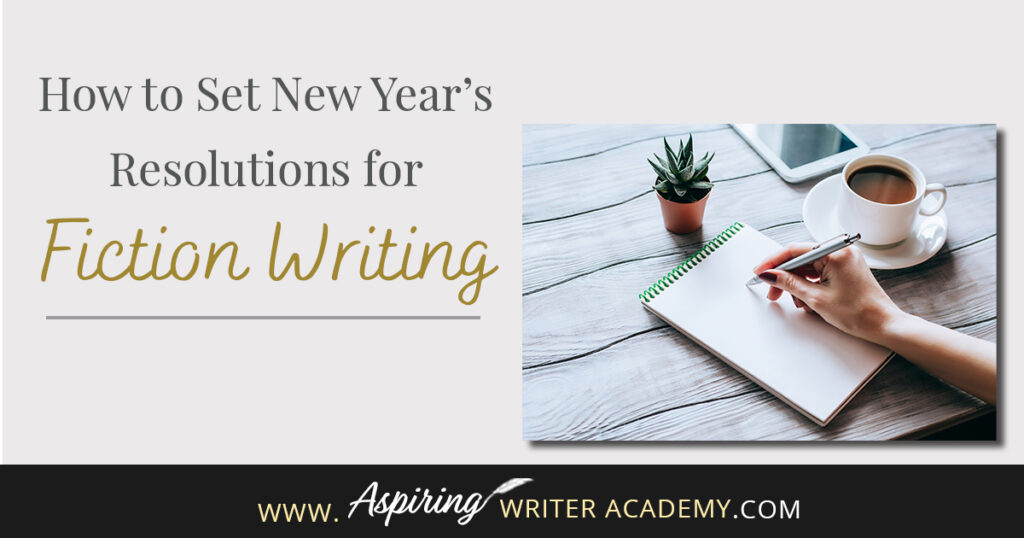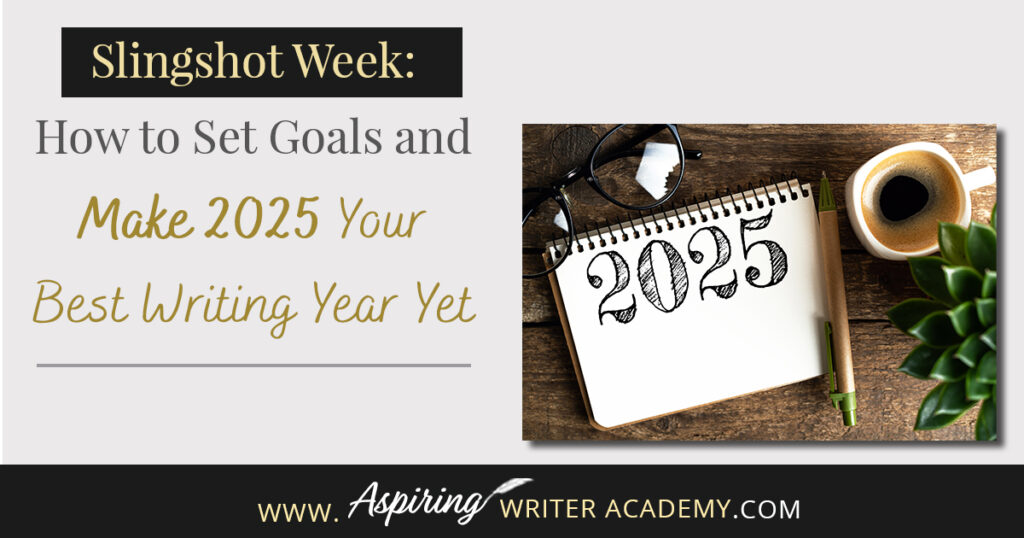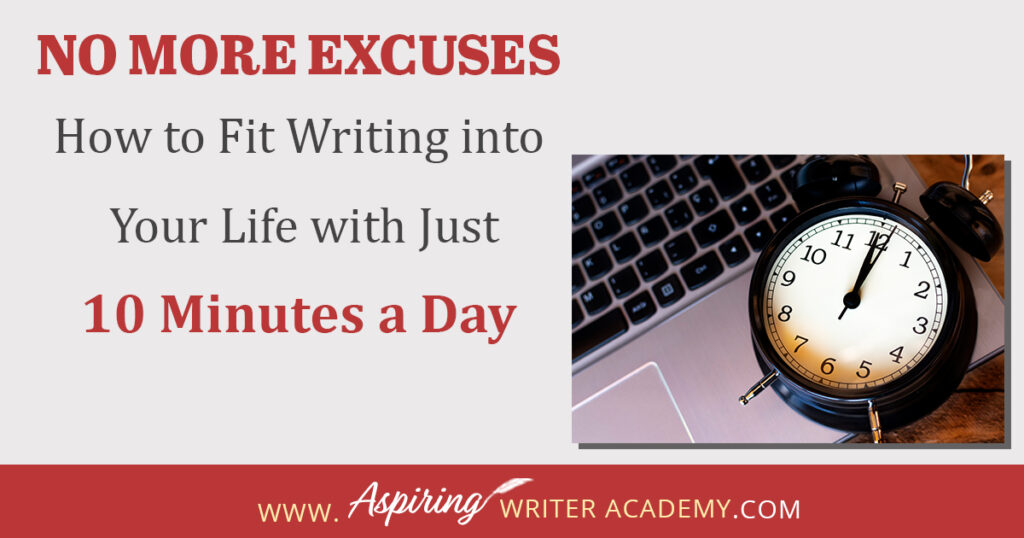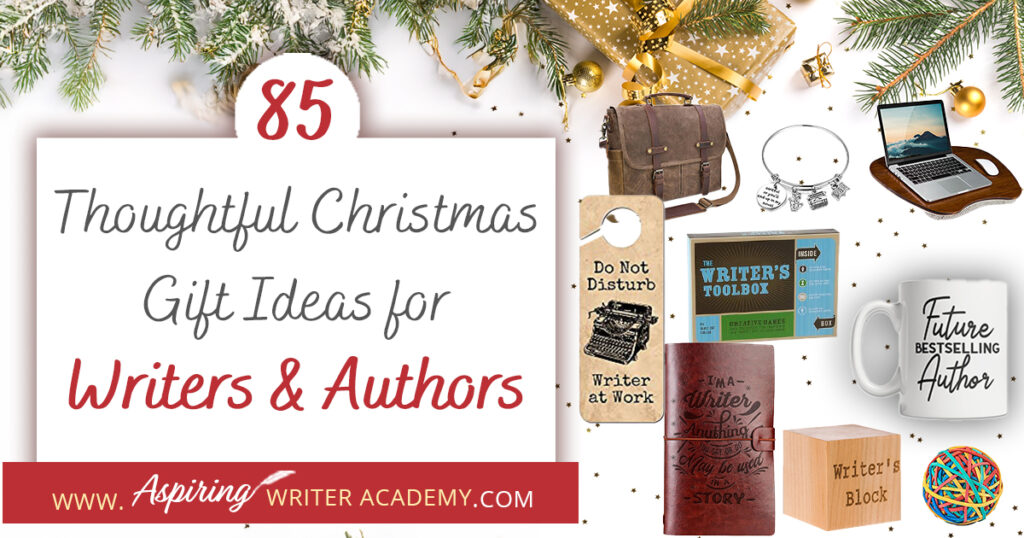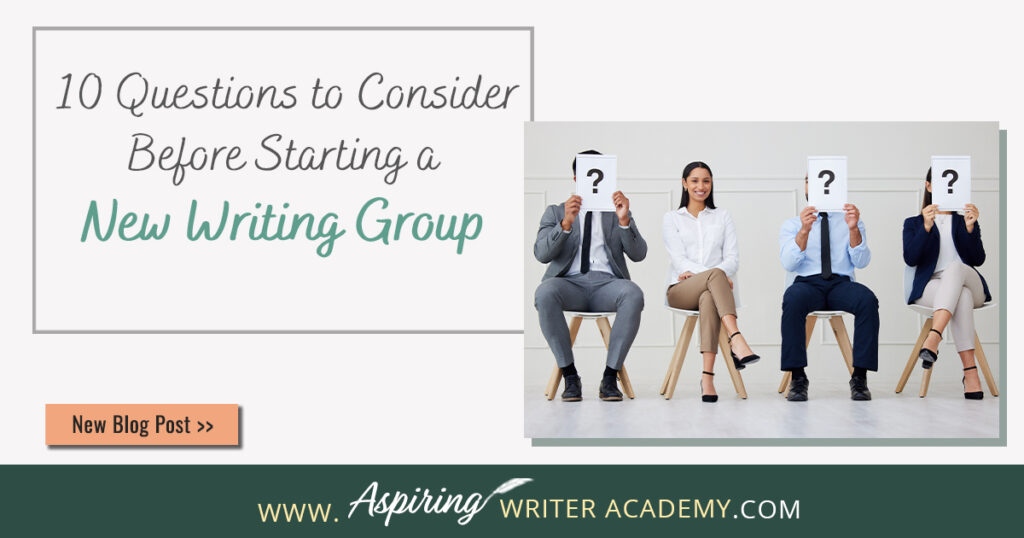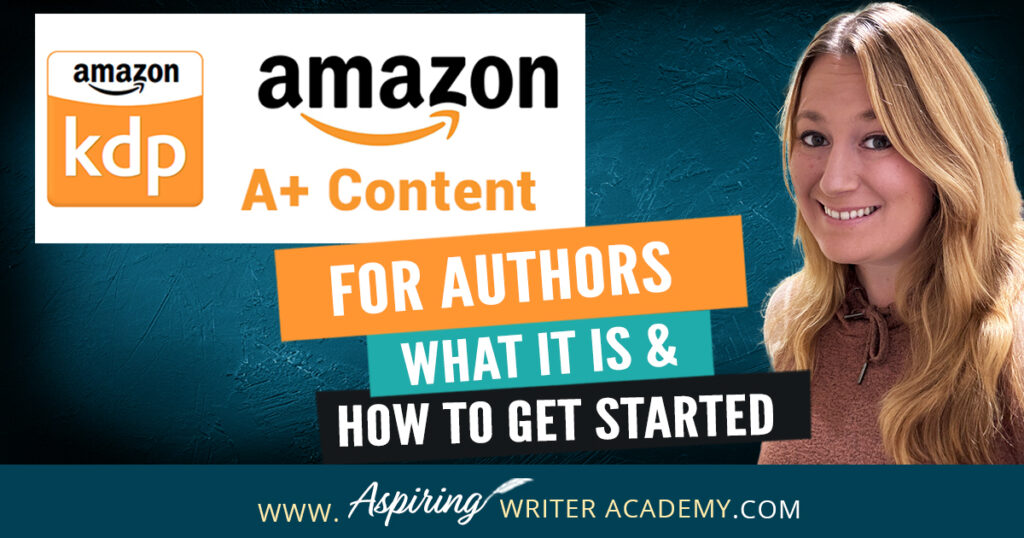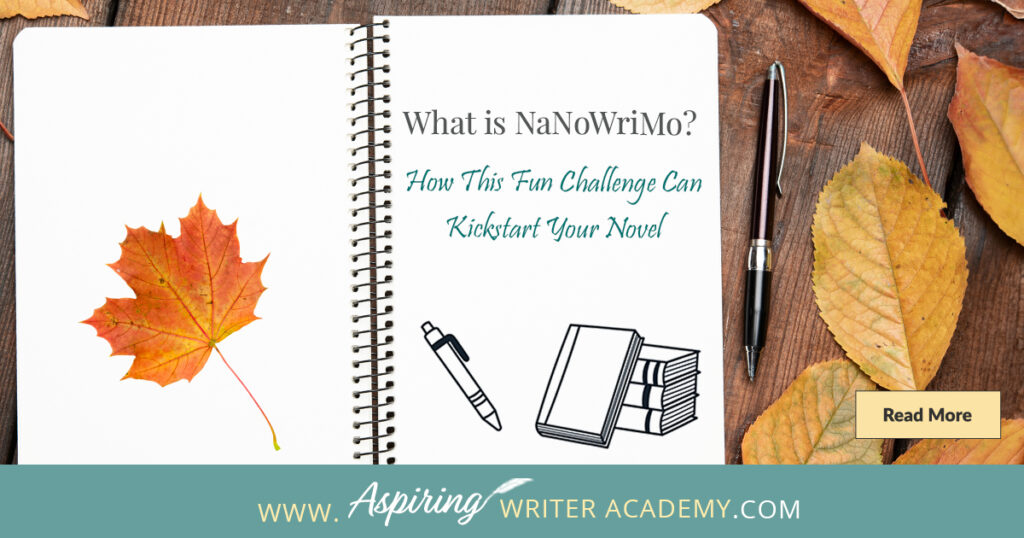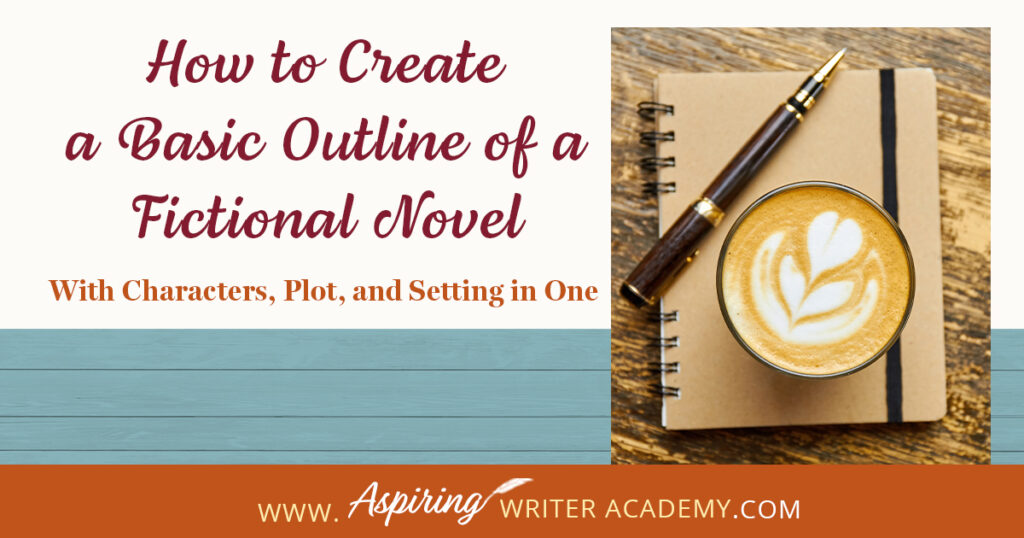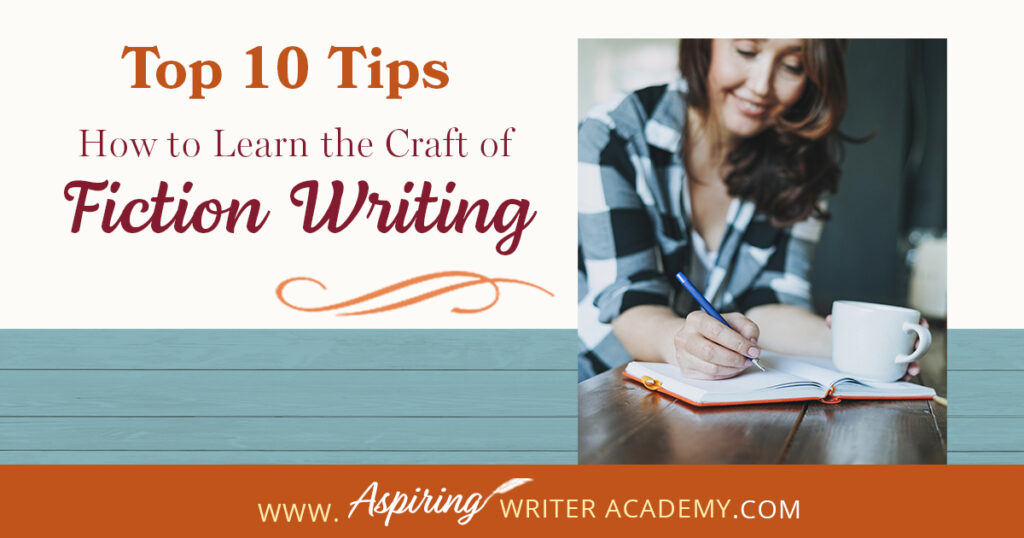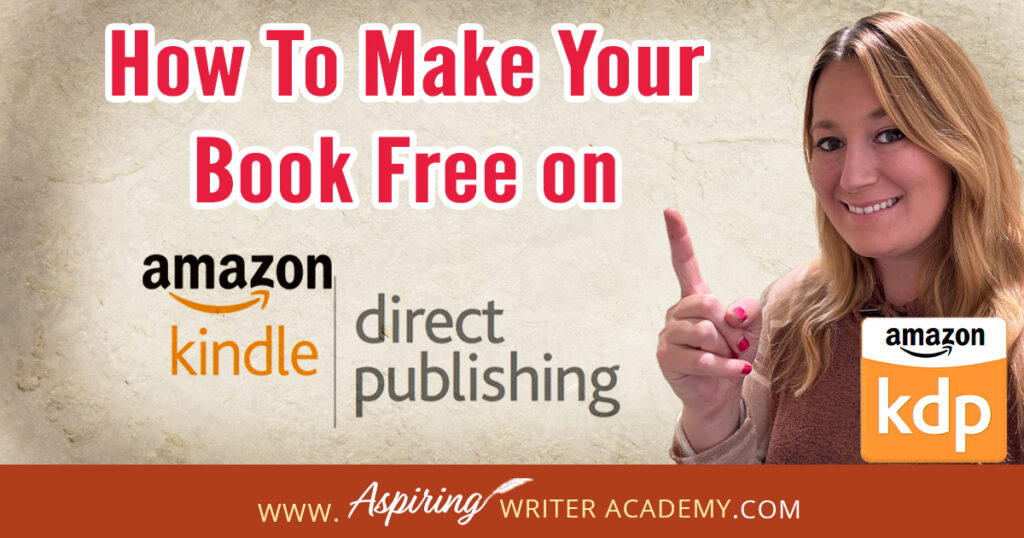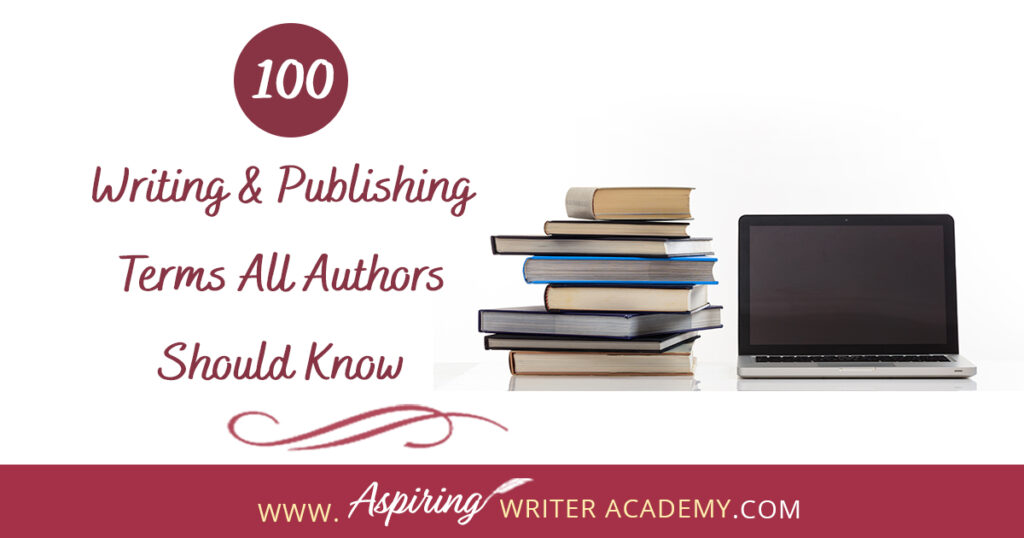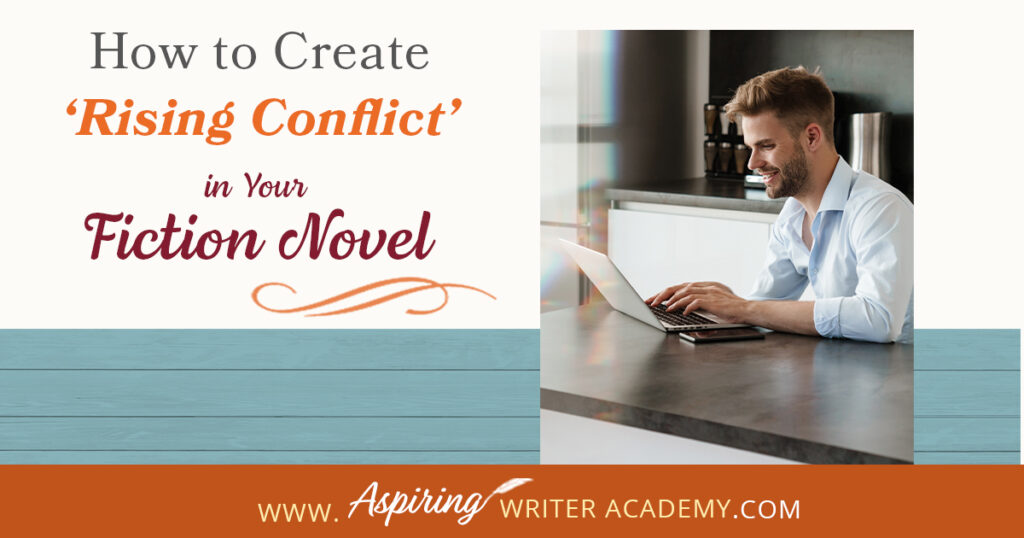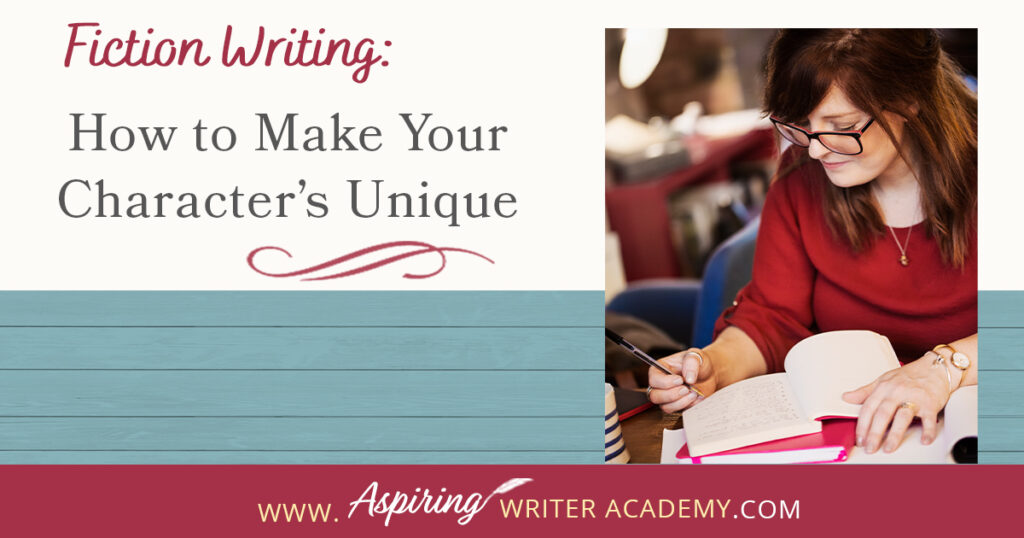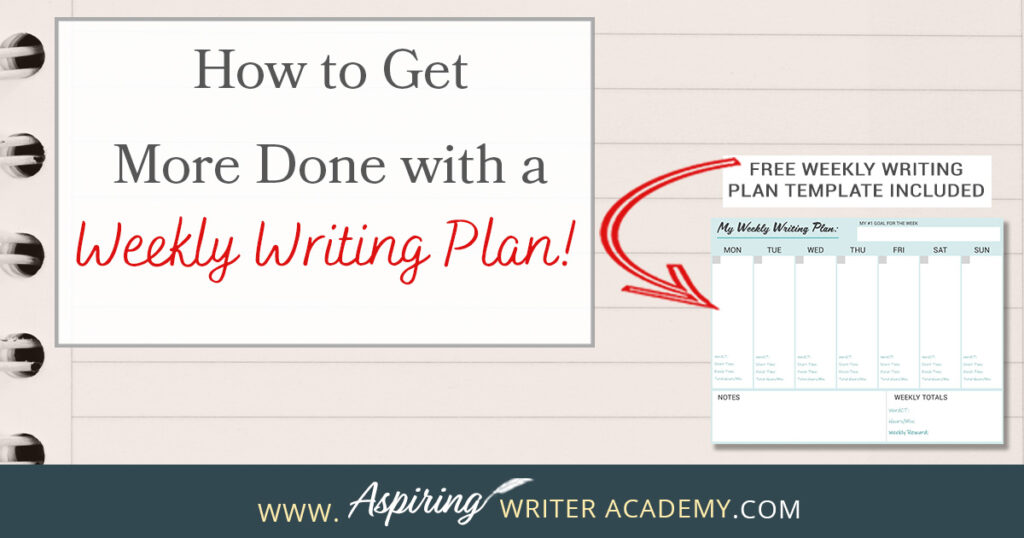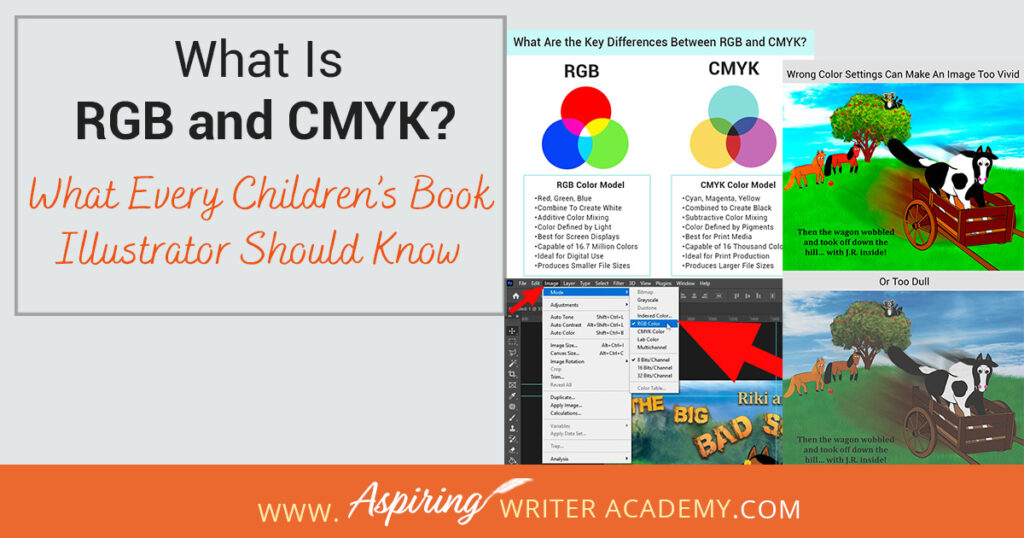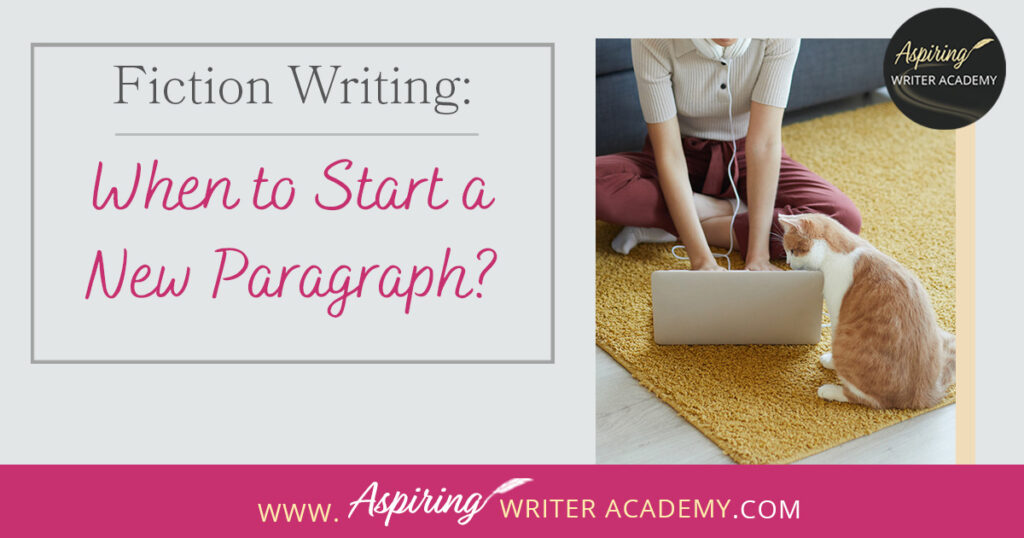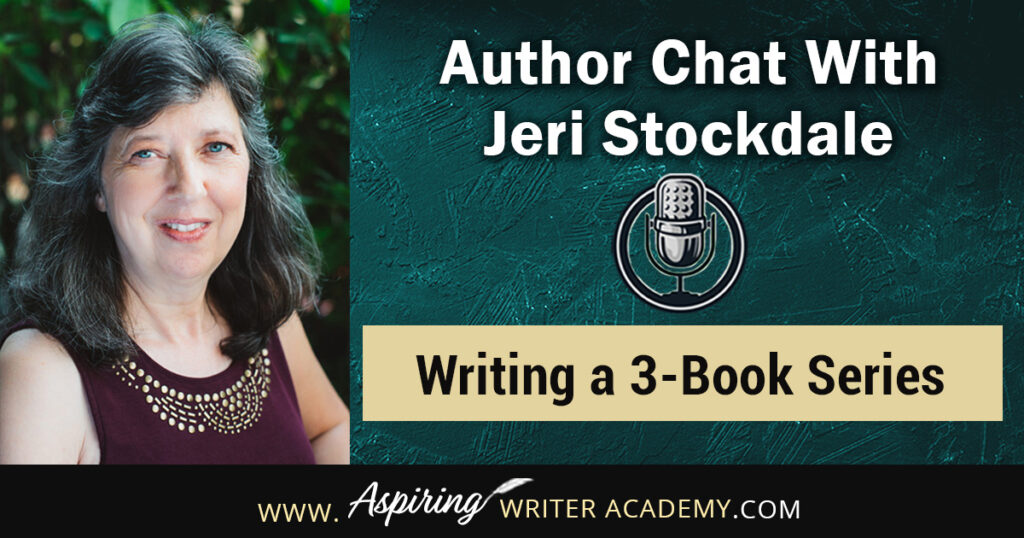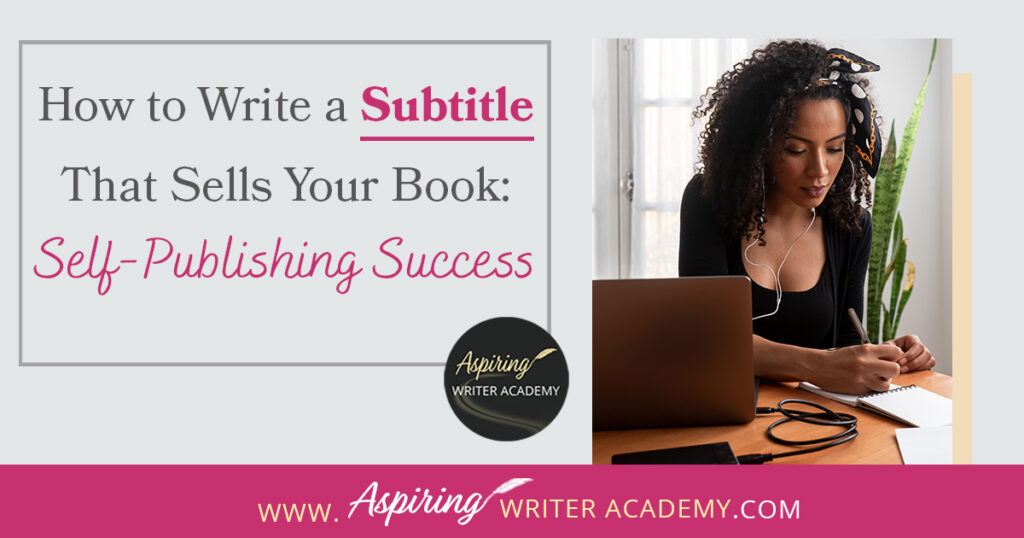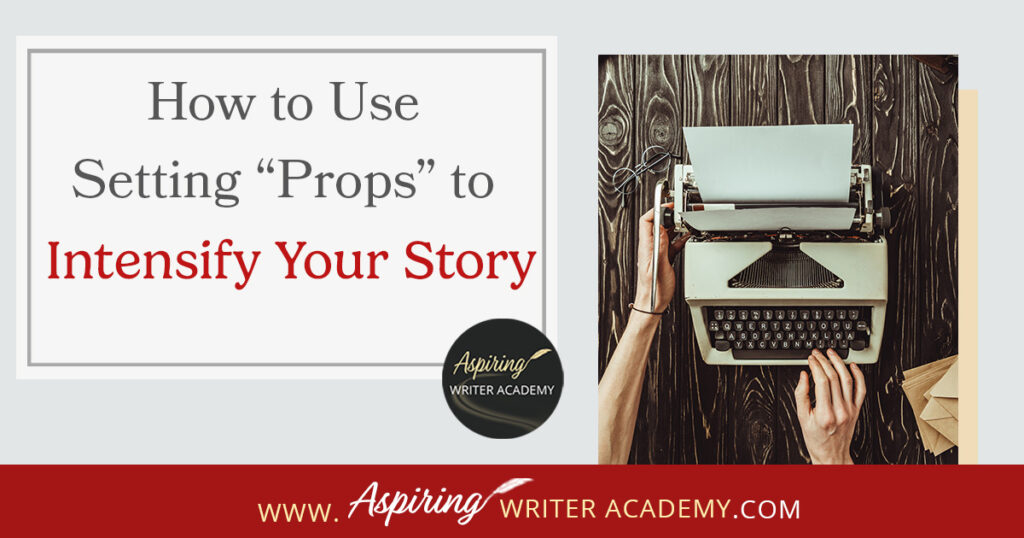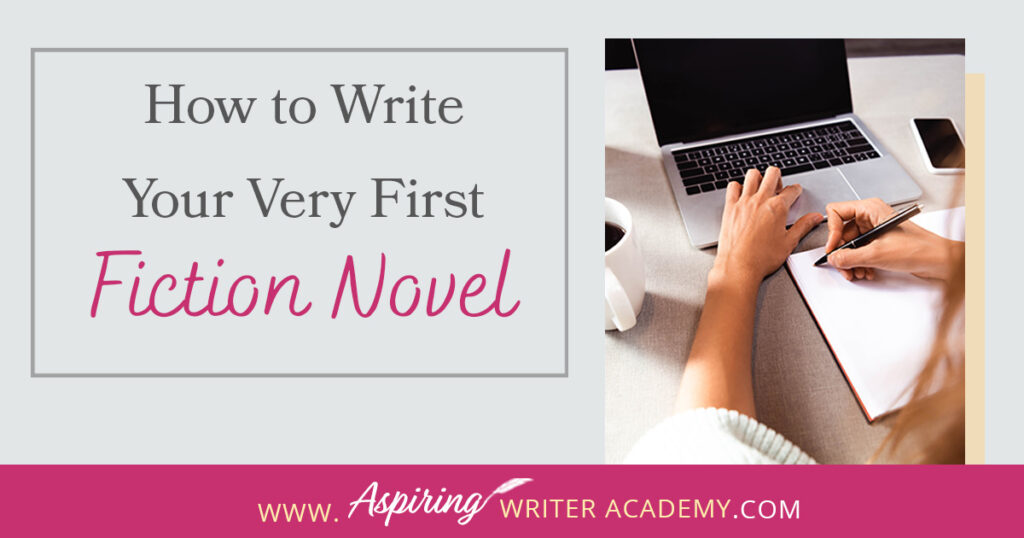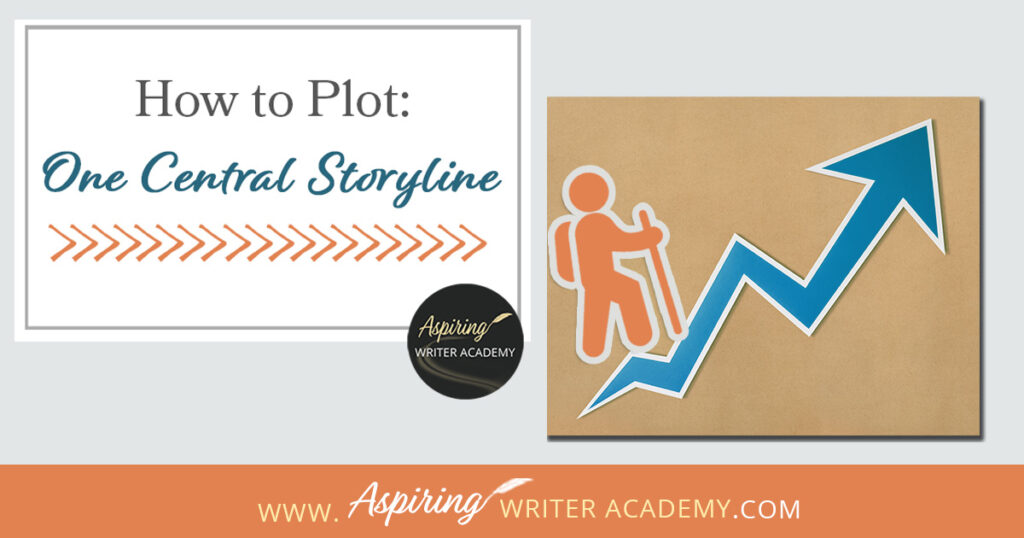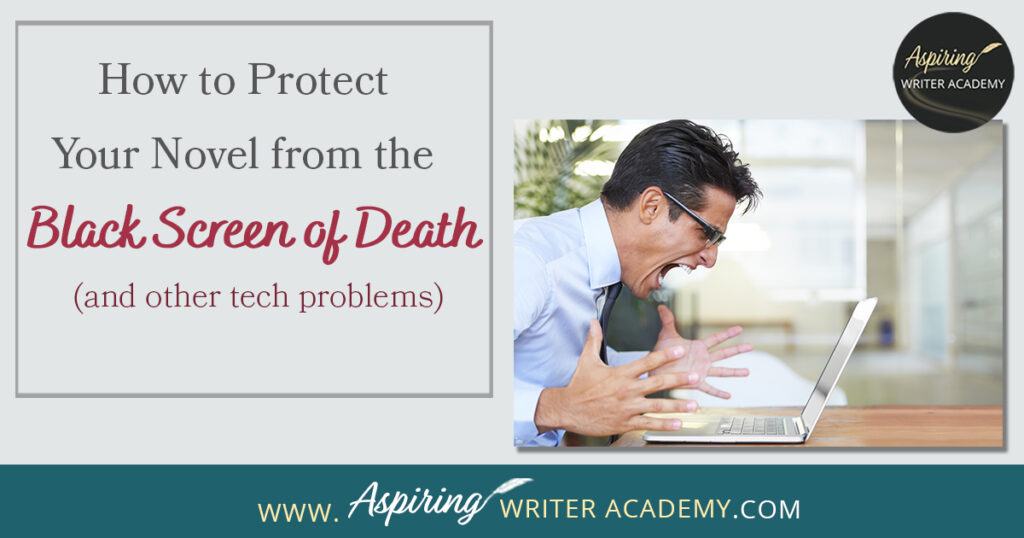Best Podcasts for Writers Who Want To Advance Their Writing Career
Podcasts are one of the best ways writers can learn on the go. In this blog post Best Podcasts for Writers Who Want to Advance Their Writing Career I have collected some of my top podcast recommendations aimed at inspiring, motivating, and helping authors improve their writing, and marketing skills.
The beauty of podcasts is that you can listen to them while driving, doing the laundry, or going on a walk. You can squeeze in learning while you are doing other tasks that you have to do
Read MoreHow to Get Your Book into Libraries and Bookstores: Amazon KDP vs. IngramSpark
Getting your book into libraries and bookstores is a major milestone for many authors. It expands your reach beyond online sales and helps establish credibility in the publishing world. However, navigating the options for self-publishing platforms can be tricky. Amazon KDP and IngramSpark are two of the most popular choices, but which one is best…
Read More3 Tips: How to Switch Point-of-View When Writing Fiction
Have you heard the phrase “no head-hopping?” What does it really mean? Keeping your character’s point-of-view (POV) clear and consistent is key to making your story easy to follow. Plus, when you want to switch from one character’s perspective to another, it’s important to do it right! In 3 Tips: How to Switch Point-of-View When…
Read More10 Helpful Tips for Novelists to Write Better Fiction
Are you starting to write your first novel or thinking about publishing one? Our 10 Helpful Tips for Novelists to Write Better Fiction cheat-sheet can help you along the way. With advice on creating scenes, choosing the right words, and managing your time, these tips cover key aspects of writing that will improve your story. Whether you’re new to writing or looking for some fresh ideas, these tips will steer you in the right direction as you work toward your publishing goals!
Read MoreAmazon KDP vs. IngramSpark: Which Self-Publishing Platform Is Right for Your Book?
You’ve written your first novel—congrats! Now comes the million-dollar question: Where should you publish it? In this post, we’ll compare two of the top leading self-publishing platforms, Amazon KDP and IngramSpark, to help you find the best fit. These self-publishing giants each have their strengths, and deciding can feel like choosing between plot twists. Relax—this…
Read More3 Steps: How to Create Fictional Characters with More Depth
Are you struggling to craft fictional characters that truly captivate your readers? Do some of your characters come across as “flat” or ordinary? How do you decide on their daily habits or explore their backstory? In what ways do other characters shape your protagonist’s growth?
In 3 Steps: How to Create Fictional Characters with More Depth, we help you go deeper into your characters’ development, background, timeline, and family history, so you can bring them to life in your fictional novel.
Read MoreWhat’s The Difference Between Amazon KDP And KDP Select? Everything Authors Need to Know
KDP vs. KDP Select—What’s the Difference? 🌟 This detailed guide walks authors through exclusivity rules, marketing tools, and royalty benefits. Make the best choice for your self-publishing career! #AmazonAuthors #KDPTips #IndieWriterCommunity #PublishingTips #BookPromotion
Read MoreHow to Write Better Dialogue for Your Fictional Scenes
Do you struggle to craft engaging dialogue? Do your characters’ conversations feel flat and boring? Are you unsure if their speech effectively advances the plot? Are you wondering how to write witty banter or riveting hook lines to finish your scenes?
In How to Write Better Dialogue for Your Fictional Scenes we explore how to use dialogue to reveal your characters’ personalities and infuse your scenes with conflict and purpose.
Read MoreHow to Set New Year’s Resolutions for Fiction Writing
After the holiday season, the new year brings a chance for renewal and the opportunity to set new goals. While many of us establish New Year’s resolutions for various aspects of our lives, have you considered crafting resolutions specifically for your writing?
In How to Set New Year’s Resolutions for Fiction Writers, we provide a series of questions designed to help you create a writing plan that aligns with your objectives and keeps you motivated throughout the year.
Read MoreSlingshot Week: How to Set Goals and Make 2025 Your Best Writing Year Yet
✨ Ready to make 2025 your most productive writing year yet? 🌟 Discover how a ‘Slingshot Week’ can help you reflect, refresh, and set actionable writing goals! Whether you’re a new author or a seasoned pro, this guide will inspire you to dream big and stay on track. 🖊️📖 #WritingGoals #FictionWriting #WritingTips #AuthorsLife #SetGoals #NewAuthors #WritingBooks #WritingJourney #WritingInspiration
Read MoreNo More Excuses: How to Fit Writing into Your Life with Just 10 Minutes a Day
Are you passionate about writing but struggle to find the time to pursue your dream of crafting a fictional novel? Do you feel overwhelmed by your busy schedule, wishing you could incorporate writing into your hectic life?
In our post, No More Excuses: How to Fit Writing into Your Life in Just 10 Minutes a Day, we outline practical strategies to help you write a book and kickstart your author journey—one manageable step at a time.
Read More85 Thoughtful Christmas Gift Ideas for Writers and Authors
🎄 Stumped on what to get the writer in your life? Check out 85 thoughtful Christmas gift ideas perfect for authors, poets, and creatives. From practical tools to fun novelties, there’s something for everyone! ✍️✨ #WriterGifts #HolidayGiftGuide #GiftsForAuthors #ChristmasGiftIdeas
Read More10 Questions to Consider Before Starting a New Writing Group
Have you ever thought about starting your own writing group? The idea of connecting regularly with fellow writers can be incredibly appealing. Who better to share your writing journey with than those who share your passion? Collaborating with others can also provide valuable opportunities for constructive feedback that can significantly enhance your stories.
To help you get started and avoid potential pitfalls, consider these 10 Questions to Consider Before Starting a New Writing Group.
Read MoreAmazon A+ Content for Authors: What It Is and How to Get Started
Boost your book’s Amazon page with A+ Content! 📈 Learn what A+ Content is, why it’s a game-changer for authors, and how to set it up step-by-step. From custom images to comparison charts, discover ways to make your book stand out and engage readers. Whether you’re a self-published author or working through KDP, this guide has everything you need to get started. #AmazonAPlusContent #KDP #BookMarketing #SelfPublishing
Read MoreWhat is NaNoWriMo? How This Fun Challenge Can Kickstart Your Novel
Curious about NaNoWriMo? Discover how this exciting 30-day writing challenge can help you finally start your novel! Whether you’re an aspiring writer or just looking for a creative boost, NaNoWriMo pushes you to write 50,000 words in November and provides a supportive community to keep you motivated. Learn all the essentials and tips to make the most of this transformative experience. Ready to kickstart your writing journey? Dive into our blog post and find out more!
Read MoreHow to Create a Basic Outline of a Fictional Novel with Characters, Plot, and Setting in One
Looking for a faster, easier way to brainstorm a new story idea? Wondering where to begin—characters, plot, or setting? You can start with any of these elements, but it’s essential to consider how they interconnect, as adjustments may be necessary to craft a cohesive story that works.
How to Outline a Fictional Novel with Characters, Plot, and Setting in One Day offers a set of insightful questions designed to help you create a basic outline for your new fictional story—all in a single session.
Read MoreTop 10 Tips: How to Learn the Craft of Fiction Writing
Where do you go to learn the craft of fiction writing? Many writers start a manuscript without any instruction only to lose their way halfway through the novel. Even more frustrating is going to a writer’s conference that focuses on publishing and marketing more than how to write your first book.
In Top 10 Tips: How to Learn the Craft of Fiction Writing we give you links, resources, and valuable information to help you develop your skills and take your writing to the next level.
Read MoreStep-by-Step Guide: How To Make Your Book Free on Amazon KDP
Want to make your book free on Amazon KDP and reach more readers? 📚 Whether you’re a new author or looking to boost your visibility, this step-by-step guide has you covered! Learn how to set up a free book promotion and use KDP’s tools to grow your author career. Perfect for anyone aiming to attract new fans or spread the word about their latest release. Check out the full guide and get your book in front of more readers! #KDP #bookmarketing #AuthorLife #WritingCommunity
Read More100 Essential Writing and Publishing Terms All Authors Should Know
Entering the world of writing and publishing can feel overwhelming, especially with all the jargon and industry-specific terms thrown around. Whether you’re just starting your writing journey or looking to expand your knowledge, this comprehensive guide will help you understand the most important terms and abbreviations. Let’s dive into 100 essential terms that every author…
Read MoreHow to Create ‘Rising Conflict’ in Your Fiction Novel
‘Rising Conflict’ in a fictional novel adds tension, moves the story forward, and helps create character change. But what exactly is rising conflict? Does every book need conflict? And what is the difference between internal and external conflict?
In How to Create ‘Rising Conflict’ in Your Fiction Novel, we address each of these questions and show you step-by-step how to create rising conflict at the scene and overall story level to write a riveting book your readers will love.
Read MoreFiction Writing: How to Make Your Character’s Unique
Do you struggle to create unique characters for your fictional novel? How do you let your reader know that your main character is a worthy hero? How do you reveal your character’s personality without telling or using dialogue?
In Fiction Writing: How to Make Your Character’s Unique, we discuss the use of body language, clothing, transportation, food, drink, mannerisms, speech, physical markings, and scents & smells to help you create unique characters your readers will love.
Read MoreHow to Get More Done with a Weekly Writing Plan!
Do you schedule blocks of time to focus on writing your novel each week? Or is writing a hit or miss depending on your personal life? Does having a plan seem too rigid? Are you frustrated because you are not achieving the goals you set out to do weekly, in a month, 90 days, or a year?
In How to Get More Done with a Weekly Writing Plan, we show you how to create a flexible plan to help you write more, track your progress, keep you accountable, and celebrate your success.
Read MoreWhat Is RGB and CMYK? What Every Children’s Book Illustrator Should Know
As a children’s book illustrator, mastering RGB and CMYK color models is essential for creating stunning eBooks and print books. Learn the key differences between these color modes and how to choose the right one for your project. Discover how understanding RGB and CMYK can help you ensure your illustrations look their best, whether they’re on screen or in print. Dive into this guide to enhance your art for every format!
Read MoreFiction Writing: When to Start a New Paragraph?
Do you know when to start a new paragraph in your fictional novel? Did you know that paragraphing can be different for popular fiction than if you are writing non-fiction, literary fiction, or a story for English composition class? That is because popular (or genre fiction) is designed to hook the reader and entertain, often by utilizing stylistic effects.
In Fiction Writing: When to Start a New Paragraph? we discuss 10 times you should be indenting the text for maximum story impact.
Read MoreAuthor Interview with Jeri Stockdale: Writing a 3-Book Series
Join us for a fun and informative Author Chat with Jeri Stockdale: Writing a 3-Book Series.
In this interview, Christian Historical Romance author, Jeri Stockdale, talks about the writing life, her path to publishing, and what she learned from Writing a 3-Book Series. Writing a series of novellas back-to-back has many challenges, and she gives a realistic view of the time involved and offers aspiring writers tips on how to plot, edit, and promote a fictional story.
How to Write a Subtitle That Sells Your Book: Self-Publishing Success
Many fiction authors spend hours on a clever title but miss the power of a great subtitle. In self-publishing, a well-crafted subtitle is crucial—it entices readers, clarifies content, and helps your book stand out. Discover how a compelling subtitle can boost your book’s visibility and sales. Learn more in our latest blog post!
Read MoreHow to Use Setting “Props” to Intensify Your Story
What exactly is a “prop” in a fictional story? How can you use props to spice up a particular scene or increase the conflict on the pages of your novel?
In our post, How to Use Setting “Props” to Intensify Your Story, we discuss 3 ways you can use items in the setting to write vivid description, reveal character, and elevate the conflict.
Read MoreHow to Write Your Very First Fiction Novel
Have you ever thought of writing a book? Do you need help coming up with a story idea or creating a working outline? How do you create a cast of characters? Do you need a villain? What is a simple way to plot if you do not have any experience?
What are the basics you need to know to get started?
In our post, How to Write Your Very First Fiction Novel, we go over the first steps you need to take to turn your story idea into a working manuscript that you can be proud of.
How to Plot: One Central Storyline
When others ask what your story is about, do you have trouble coming up with an answer that does not take fifteen minutes to explain? Can you condense the main plot down into a single sentence? Is there a focused theme? Do the subplots relate to the core idea of your novel, or do they go off in a million different directions?
How to Plot: One Central Storyline helps you avoid ‘the eyeroll,’ polite nod, and ‘glazed look’ of agents, editors, and readers so they are excited to read each page.
How to Protect Your Novel from the Black Screen of Death
Imagine happily typing your fictional novel when all of the sudden the computer screen goes blank. What just happened? You stare at the screen in disbelief. Where did your story go? It is possible you may have lost hours of hard work, some of which you may not be able to replicate.
In our post, How to Protect Your Novel from the Black Screen of Death (and other tech problems), we offer helpful tips to keep this nightmare scenario from happening to you.
Read More
